What Happens If You Fly A Drone Above 400 Feet? Almost 10 years ago, the drone trend was not famous at all. Only a few professionals were using the drones for business purposes, and the drone rules were not strict enough. But today, in comparison, drones are more accessible, so the rules are stricter for the betterment of the public. As drone enthusiasts, it is our duty to keep knowledge about every drone rule.
The FAA introduced rules for drones in 2016 in part 107. A drone hobbyist must have thought about; “What Happens If You Fly A Drone Above 400 Feet?” We will talk about when you need a drone license? When do you have to register your drone? What are the rules for taking your drone abroad? What is FAA’s part 107?
Now, in this article, we will talk in detail about this question. Let’s take a general look at, “Why there are strict rules on flying a drone above 400 feet? Well! The biggest reason is that aircraft and airplanes generally fly exactly after 400 feet. What will happen if someone’s drone is flying above 400 feet and suddenly the aircraft comes in front? A CRASH! So, to save people’s lives, the government should follow strict rules and limit drones to less than 400 feet.

There are some penalties for flying a drone above 400 feet such as FINE up to $10,000, capturing of your drone by the police, and imprisonment and loss of insurance coverage you have.
The FAA rules also tell you not to fly your drone in crowded areas, near airports, army setups, USA airforce bases, and over private properties. In some states of the USA, drone operators are advised not to fly too high at night times. The most modern drones come with built-in features for following the FAA rules. The FAA only allows drone manufacturers to produce drones in the market if they are FAA-friendly. So, the drone manufacturers are installing specific software that will automatically restrict your drone from going above 400 feet.
YES, You can fly your drone above 400 feet, but in controlled conditions. You are required to get authorization from the FAA to fly your drone above 400 feet. However, it will be quite tricky to get authorization from the FAA. So, try not to fly above 400 feet. If you want to fly your drone above 400 feet, you must check if your drone has such a built-in feature. If your drone has built-in software, moving it above 400 feet might be risky because it may cause losing your beloved drone forever.
What Happens If You Fly A Drone Above 400 Feet?
Generally, you cannot fly a drone above 400 feet. You require a specific authentication from the FAA, for this purpose. Wait! Think for a moment: if the FAA starts giving authority to everyone then what happens? The country and all the airlines will be on the coast. So try to fulfill your needs below 400 feet.
The FAA has made specific rules for civilian drone pilots in part 107 in 2016. But what happens if someone flies a drone above 400 feet?
If you want to learn the possible outcomes of flying a drone above 400 feet, then read the following points:
- You may lose your drone at higher altitudes.
- You and our dorne both will be caught by the police.
- You will be fined.
- You may be prosecuted for illegal acts.
- You may be in serious allegations if your dorne is caught over a “no-fly-zone.”
- Your drone may collide with a manned aircraft at higher altitudes and cause loss of passengers’ lives.
It is unethical if you intend to fly your drone beyond 400 feet. As responsible and good citizens, it is our duty to respect our country’s guidelines. No business can grow without violating the rules and regulations. If you are a photographer and run your business by capturing stunning pictures then it might be a crazy idea to capture some epic shots at higher altitudes.
If you are a drone land surveyor and run your business by surveying your land, then it might come to your mind to fly beyond 400 feet for more efficient data collection. In my opinion, respecting the rules, we can benefit from our work if we want to get it.
Read Also: Why We Use Drones For Insurance Inspections? Latest Guide-2024
Read Also: How Much Does A Drone Land Survey Can Cost? Latest Guide-2024
So, following the country’s rules and FAA regulations is always recommended. If you want to excel in your efficiencies in drone flying then admit yourself to drone school and learn more about drone operation after that, you might get FAA authentications for flying the drone beyond 400 feet and enjoy the best of yourself.
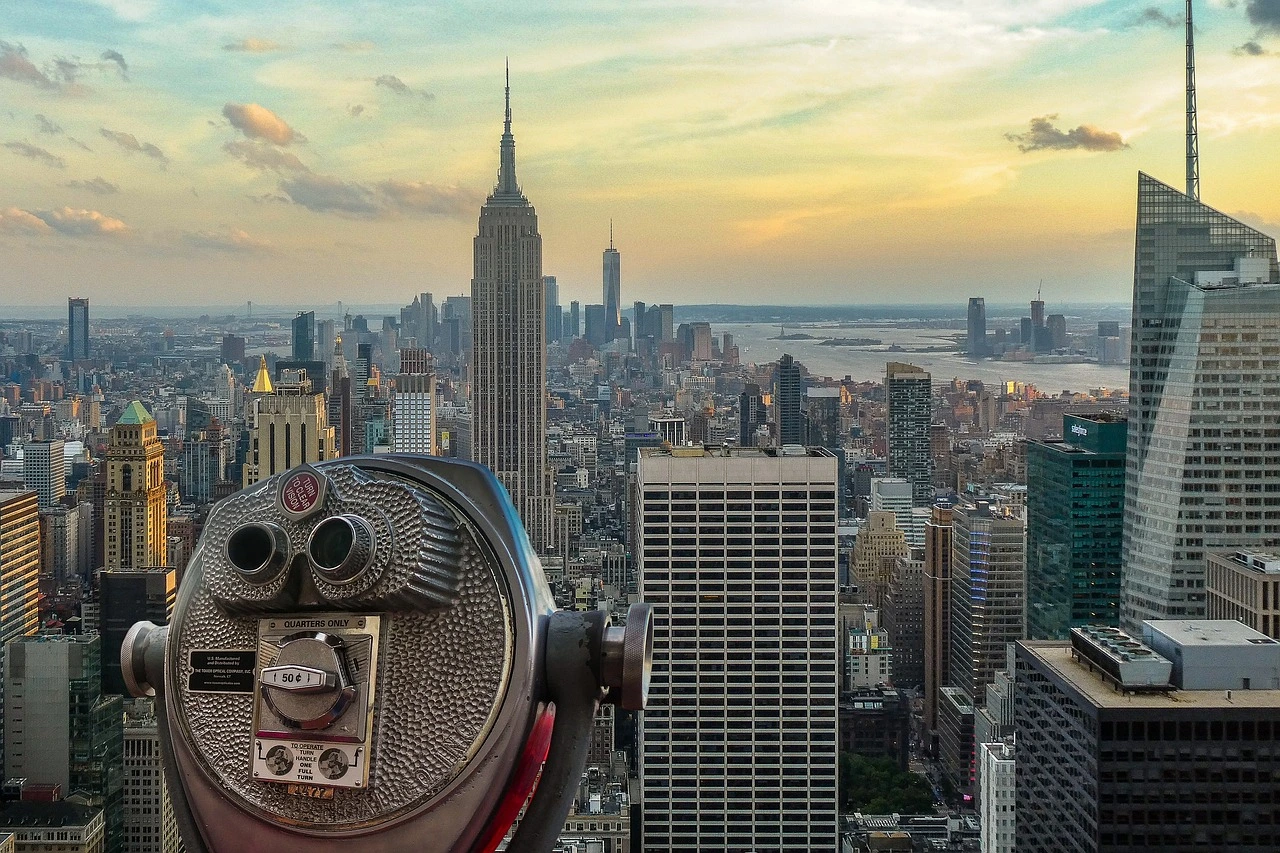
FAA Regulations
What Happens If You Fly A Drone Above 400 Feet? FAA is the government department with complete command over making rules on all kinds of UAVs (Unmanned Aerial Vehicles). FAA has set specific parameters for flying drones all over the US. The same rules are almost applicable in other countries, maybe there is a minor difference. FAA has made and saved all the important rules about drones flying in FAA’s part 107 in 2016.
According to FAA’s part 107, all kinds of drones are not allowed above 400 feet(120 meters) except military drones which can fly higher during specific controlled operations.
This is because, above 400 feet, a collision with manned aircraft, possibly with drones, might occur. And none of the drone operators are skilled enough to handle the flight so precisely. Therefore, to avoid any disturbance and ensure passengers’ safety in the aircraft, part 107 is obligatorily followed by all drone operators.
FAA’s part 107 requires:
- The drone should fly below 400 feet.
- Drones weighing more than 0.5 pounds should be registered.
- Drones with lithium batteries are not allowed at airports.
- The drone should be kept lower to the ground at night.
- White light must used at night.
- Drones should not fly in “no-fly zones.”
- Commercial drone pilots must require a license.
- Keep all drones 5 miles away from the airports.
The Drone pilots are required to follow all the rules falling under part 107. If someone’s dorne is caught violating the FAA rules, the dorne operator will be fined and punished.

Punishments of Flying a Drone above 400 feet
Flying a drone above 400 feet is a clear-cut violation of the rule. The strict penalties would be charged if someone were caught violating these rules. You may be accused of criminal activities for violating drone flying rules.
Fines
According to the FAA, you may be charged about $25,000 if you exceed the drone height limit. If you are a newbie and decide to fly your drone above the altitude limits, then learning about the possible outcomes in that area is crucial.
If you successfully get the FAA’s authorization, you can confidently fly your drone. This will protect you from any legal prosecutions.
Always stay informed about the latest drone updates from the government to ensure a responsible and true enthusiast-like spirit.
Repercussions
The sky you can see, may look limitless, but remember you are a human and there are some rules and limits for humans because we have sense compared to animals, if you are freely flying your drone in the sky then value this opportunity. Because whenever you try to exceed the limit and fly you did above 400 feet then it will result in worse outcomes.
When you are caught flying above your drone, the police will implement strict restrictions on you in addition to huge fines and imprisonment. You may be asked to have an FAA-certified license before flying a drone.
I think it is pretty good to fly the drone within limits. You do not need to exceed your drone limits and disturb your value in the drone community.
Criminal Obligations
What Happens If You Fly A Drone Above 400 Feet? It is common to be fined by law enforcement when someone is caught violating the parameters. But in this case, the situation is sensitive and a drone operator violating the rule may considered a criminal. Criminals are also utilizing the technologies to commit big crimes in big countries.
So if someone is accused of flying a drone out of the limits, he will be charged as a criminal and imprisoned.
The criminal charges include:
- A huge fine of $350,000.
- Imprisonment of 2.5 years
The FAA drone parameters were set according to the public’s privacy and safety concerns. Maybe it is not a big thing for you to violate one or two rules but it is a serious crime from the FAA’s point of view. So whenever you have an idea to unfollow the rules, remember it could result in worse.
What is FAA part 107?
Part 107 is a special page for all drone pilots released by the FAA in 2016. All drone pilots must follow all the rules in part 107.
According to FAA’s part 107, all commercial drone pilots must get a drone license before flying their drones for commercial purposes. All civilian drone operators with drones less than 0.5 pounds do not need any license. Drones are not allowed to fly above 400 feet.
The FAA guidelines for civilians are for their betterment. Some hobbyist drones may crash with the police drones, which roam at night. These FAA rules apply to all commercial and civilian drones, they are not for military drones which can fly higher than public drones.
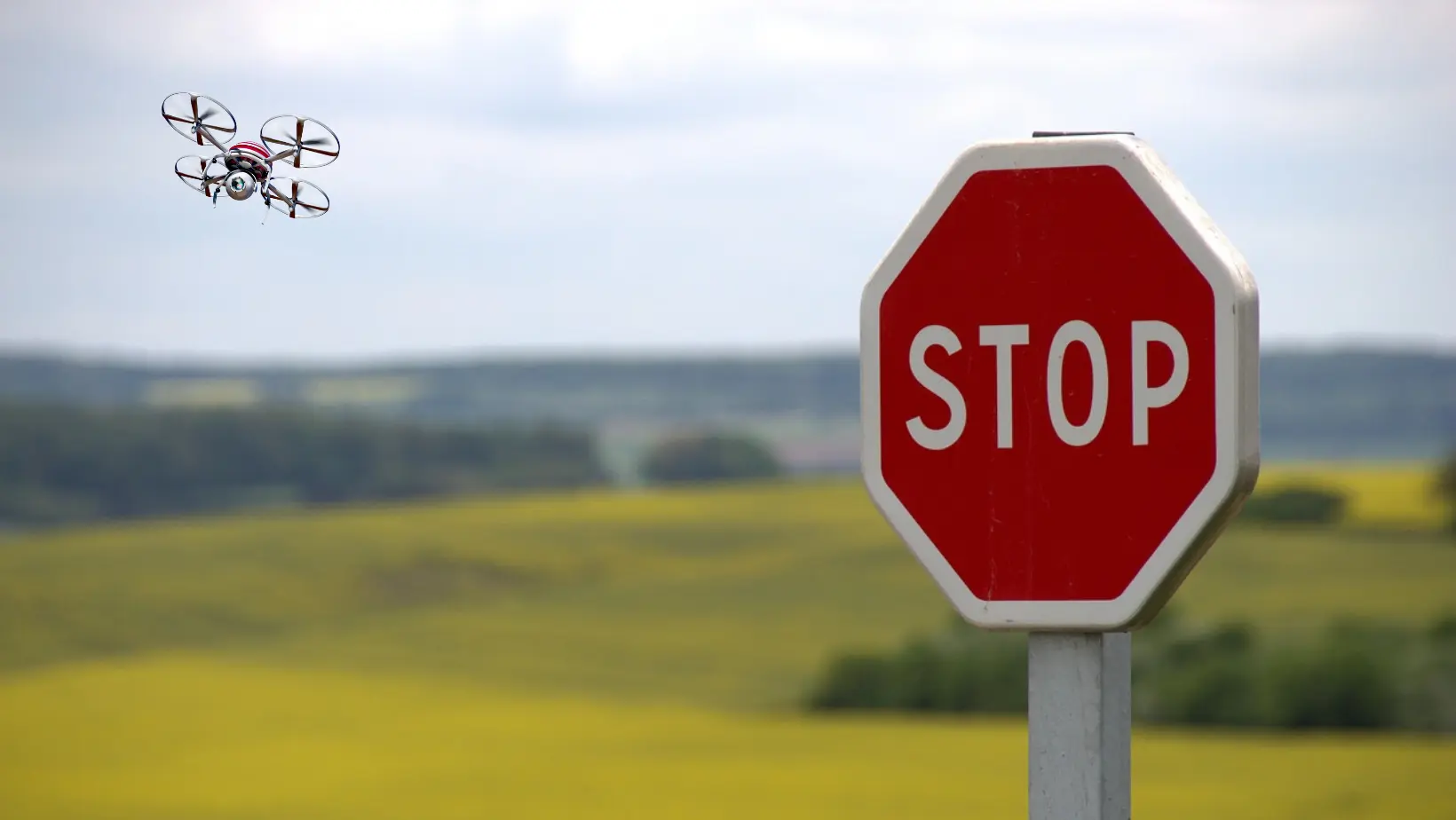
Outcomes of Flying a Drone above 400 feet
Moving toward outcomes of flying your drone above 400 feet. After this section, you will get your answer to: “What Happens If You Fly A Drone Above 400 Feet?”If you are determined to fly the drone above 400 feet, there are possible outcomes that you would face after that. These might be dangerous for you sometimes.
Loss of Signals:
Drones in the market are FAA rules-friendly. Drone manufacturers are constantly improving their drone technology and optimizing their drones per FAA guidelines. Laway checks if your drone has built-in software that does not allow it to fly above 400 feet. If your drone has such software, then you might lose it.
After ascending above 400 feet, the drone will automatically loose the signal from the drone RC(Remote Controller) and ultimately fly until the battery dies. When the drone’s battery is dead, the drone will fall down and crash. So it is always better to check first the kind of drone you have and then take any step.
Low Temperature:
The drones are not made for higher altitudes, they are made to fly nearer to the ground where the temperature is warmer. As the drone ascended in the air, the temperature began to fall. At low temperatures, the drone’s internal circuit begins to lose resulting in the malfunctioning of the drone.
Your drone will become out of control at this stage, and you may lose your drone. As the drone parts begin to slow, more energy will be consumed, so the battery will be consumed more quickly.
The drone motors and other internal electrical circuits begin to jam at low temperatures and lose functionality.
Read Also: How To Make A Drone Jammer? – What Is DIY Drone Jammer in 2024?
Collision with Aircraft:
If someone thinks about why the FAA has set a 400-feet flight limit? then he will get the answer “SAFETY.” Actually all the rules are made for our own safety. At higher altitudes airplanes are flying and we do not know when and which plane is flying in the particular area of the sky. So unintentionally our drone may collide with the plane and ultimately become a reason for a very serious destruction.
All the aircraft fly a minimum of 500 feet.
So always value your life as well as others. So stay within the limits whether you are flying a drone on the ground or flying in your neighborhood, and always respect others’ safety and privacy.
Rules Violations:
In almost all the countries, the drone flying limit is 120 meters or 400 feet. This is the optimal drone flying limit for everyone with a drone below 0.5 pounds. If someone has more weight, he must register his drone for a safe flight.
If your drone is moving above 400 feet, you violate the rules. If your drone is heavier than 0.5 pounds, then you violate the rules. So always try not to be a subject of any kind of controversy.
Low Air Pressure:
At higher altitudes, the drones face many challenges. One of the biggest challenges is to face low air pressure. The drones are designed to fly in the air with air pressure. The air pressure helps drone rotors and helps the drone to lift. As the drone goes above in the air, the air pressure will tend to decrease and there will be more effort to produce so more power will be consumed.
Also, the drones will face more wind pressure at higher altitudes, so the drone cannot maintain a steady line of sight. The drone will no longer be in a controlled process and so the photos and videos cannot be shot perfectly. So, following the rules under FAA part 107 is always better.
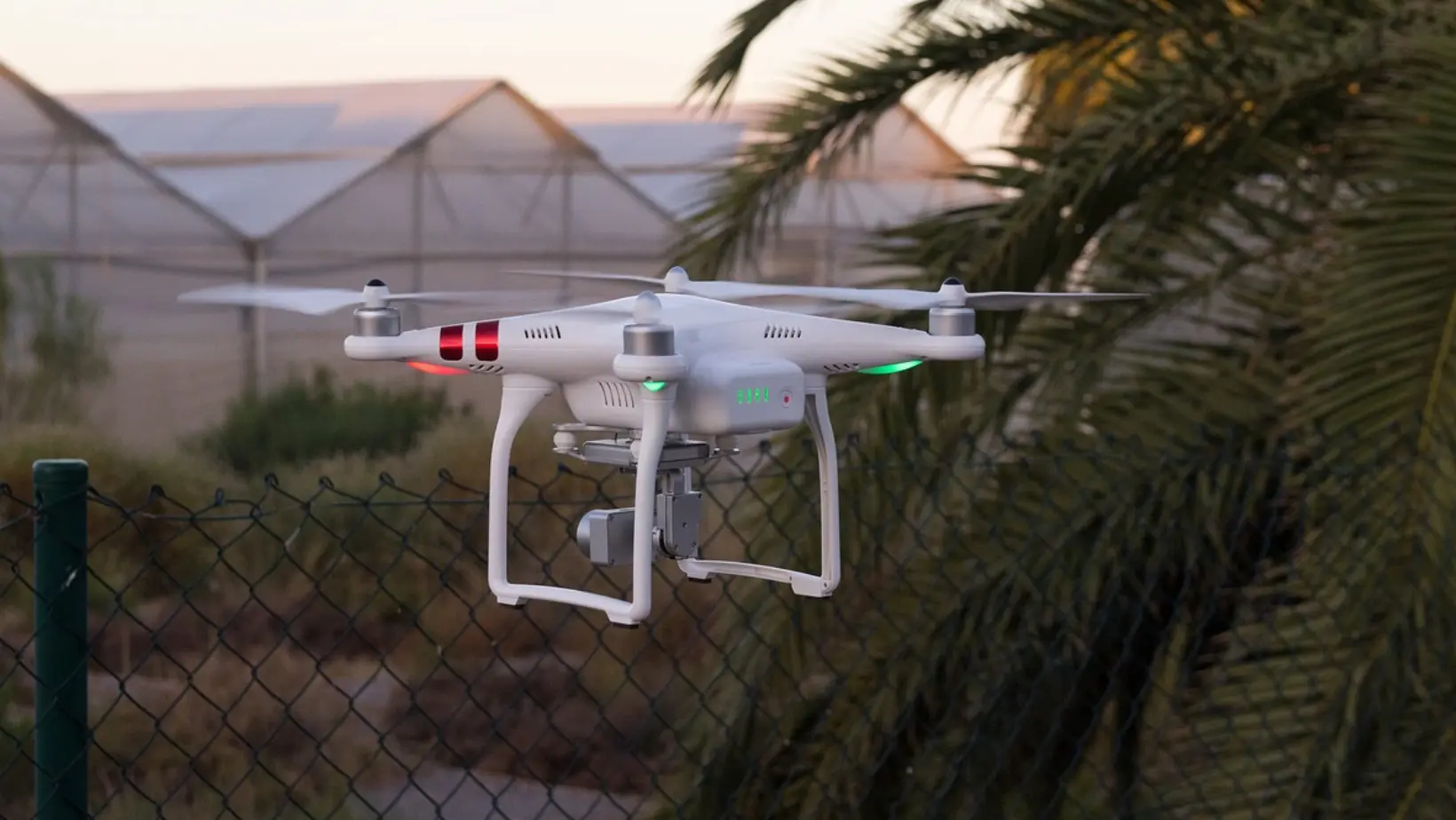
FAQs (What Happens If You Fly A Drone Above 400 Feet?)
Is it illegal to fly a drone above 400 feet?
Yes, flying a drone above 400 feet is completely illegal. Flying a drone above 400 feet can result in serious punishments, imprisonment, and huge fines and damage your reputation in the drone community.
What Happens If You Fly A Drone Above 400 Feet?
What Happens If You Fly A Drone Above 400 Feet? Flying a drone above 400 feet is illegal. If someone is caught flying a drone above this limit(400 feet), he might be fined up to $25,000 and imprisoned for some days. Always remember flying a drone above the FAA limits can also result in serious criminal obligations. Flying a drone above a restricted height is a criminal act so avoid violating the rule and fly within your allowed limits.
How High can Drones fly?
Drones can fly based on their brand. Authorized drone manufacturers follow the FAA guidelines and manufacture their drones according to FAA guidelines. However, some other local drone manufacturers manufacture drones with less advanced software so their drones are limited. But these limitless drones are sometimes risky, too. Because they may lose the signals from the RC (Remote Controller) and may lost somewhere in the air.
Furthermore, military drones can fly higher in the sky than other drones. This is because military drones have to perform various specialized tasks in the warheads so they are more advanced and also military drones are much more expensive.

Conclusion (What Happens If You Fly A Drone Above 400 Feet?)
What Happens If You Fly A Drone Above 400 Feet? Drone is a modern technology that offers services in almost all fields. As an educated person, you know very well that this technology can also destroy us on the other hand if it is not used wisely. So is the case of Drones. If you are curious about flying your drone above 400 feet in the sky, you must acknowledge all the possible outcomes.
Flying drones below 400 feet (10 meters) also protect your drone from being lost in the air. Exceeding drone flight limits may cause sudden signal loss, resulting in your drone’s loss.
Exceeding the drone flight limits can cause some serious problems. Because the FAA has strict orders not to fly drones above 400 feet. There are numerous reasons behind this. Such as preventing collisions with aircraft, is the biggest reason why the FAA restricts drones from going above 400 feet. All the airlines fly at least 500 feet so this flight cap must be maintained.
The drone is a unique gadget that captures some extraordinary cinematic shots, but this is crucial to fly these drones within the limits. Fly your drone safely and responsibly to ensure your and others’ safety.
Read Also: How Far Can Military Drones Fly? [Latest Guide – 2024]
Read Also: How to Stop Drones From Flying Over Your House in UK? [Legal Methods-2024]
Read Also: Can You Fly a Drone at the Beach? Latest Guide-2024

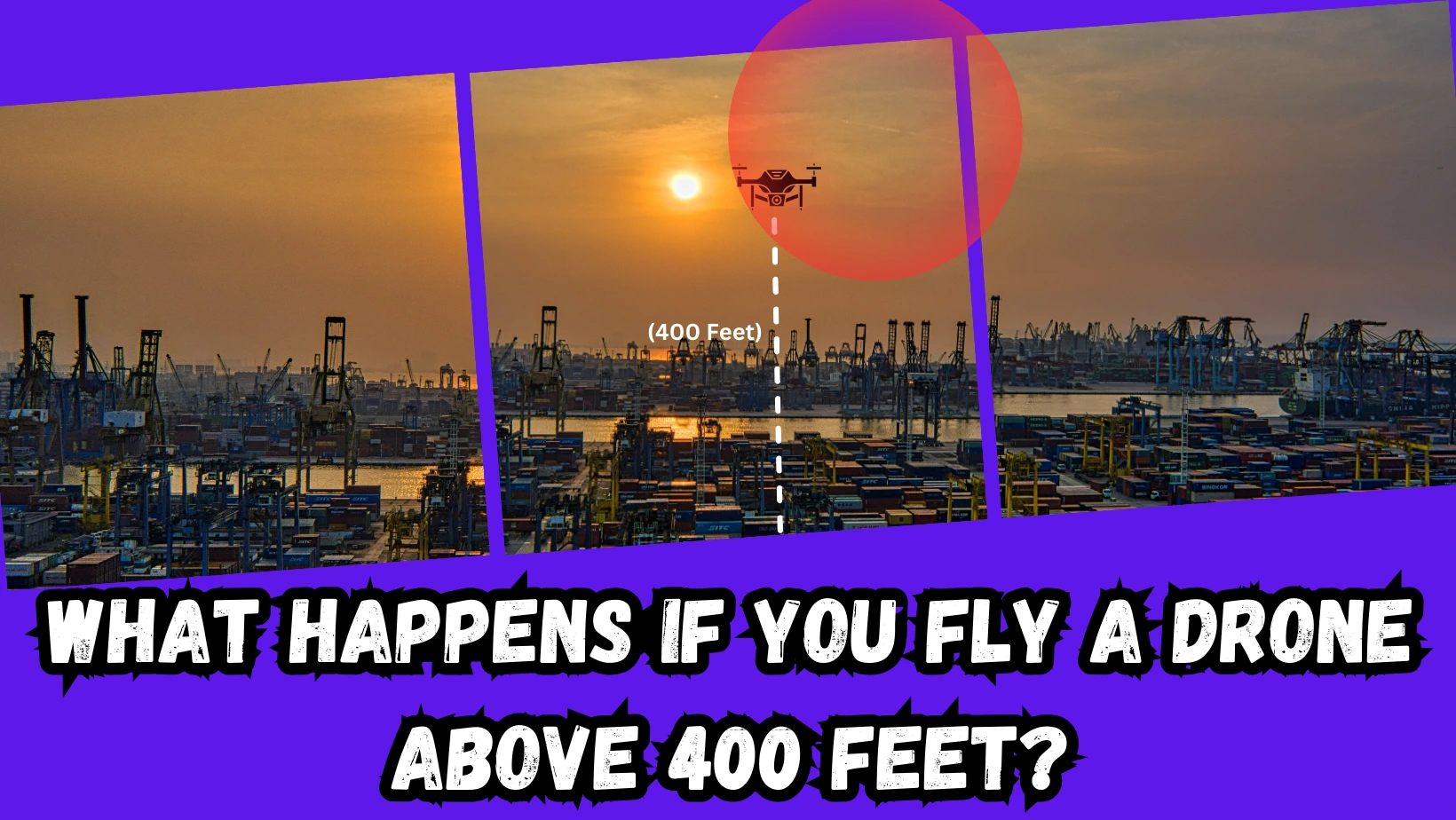
![How To Spot A Police Drone At Night? [Updated Guide 2024]](https://droneblogpro.com/wp-content/uploads/2023/12/Copy-of-Untitled-Design-768x512.webp)
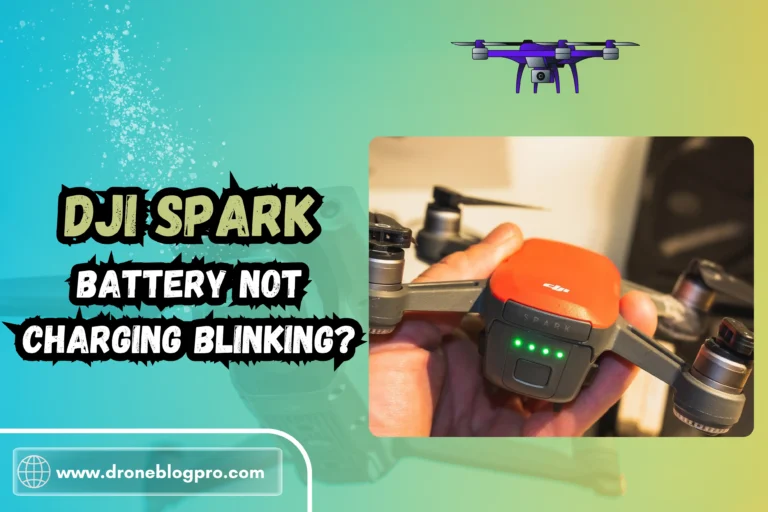
![Can Police Use Drones Without A Warrant? [Detailed Fantasy – 2024]](https://droneblogpro.com/wp-content/uploads/2023/12/Copy-of-Untitled-Design-5-768x512.webp)
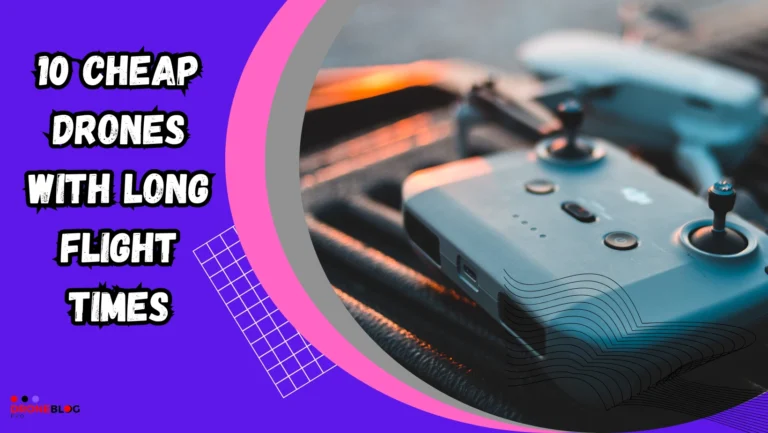
![What Does A Police Drone Look Like At Night? [Latest Guide-2024]](https://droneblogpro.com/wp-content/uploads/2023/12/Untitled-design-4-768x512.webp)
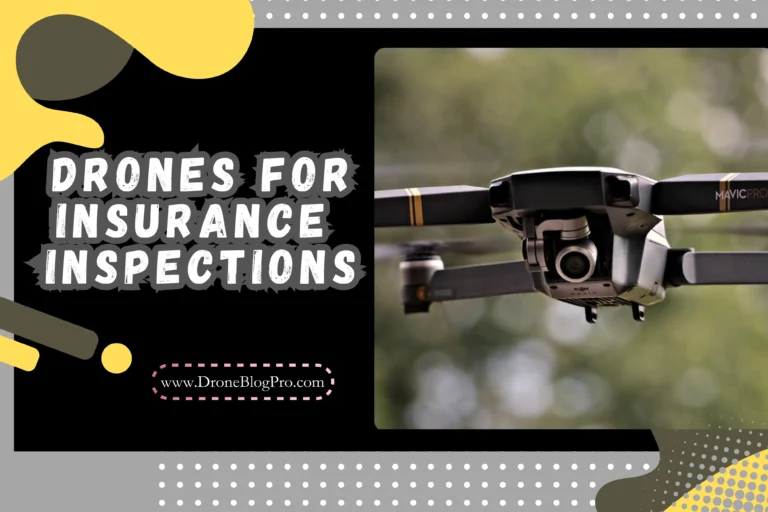
Can you be more specific about the content of your article? After reading it, I still have some doubts. Hope you can help me.
Thank you for your sharing. I am worried that I lack creative ideas. It is your article that makes me full of hope. Thank you. But, I have a question, can you help me?